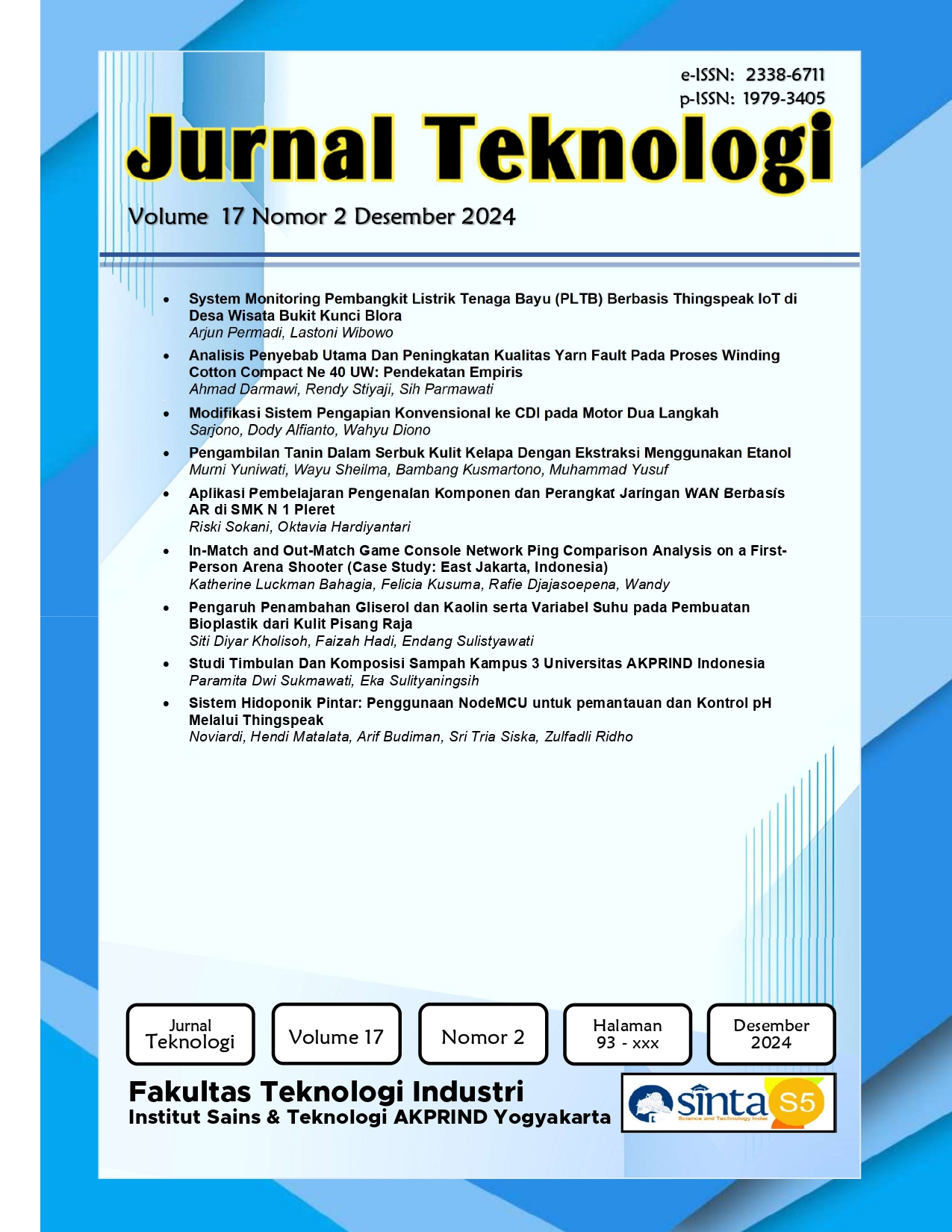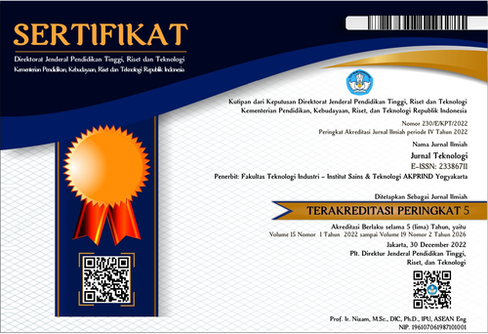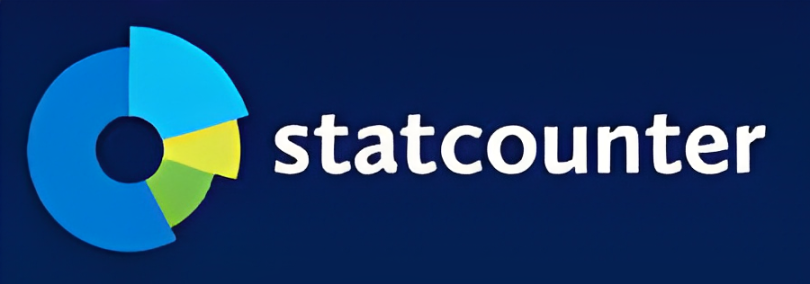Aplikasi Pembelajaran Pengenalan Komponen dan Perangkat Jaringan WAN Berbasis AR di SMK N 1 Pleret
DOI:
https://doi.org/10.34151/jurtek.v17i2.4752Keywords:
Augmented Reality, Learning Application, Learning Effectiveness, WANAbstract
Limitations in practical tools for introducing WAN components and devices at SMK Negeri 1 Pleret hinder classroom learning activities. The proposed technological solution involves using Augmented Reality (AR). This research aims to develop and evaluate an AR-based learning application for introducing WAN components and devices. The research method used is Research and Development (R&D) employing the ADDIE model, which includes analysis, design, development, implementation, and evaluation. Evaluation was conducted by media experts, subject matter experts, and small groups. Evaluation results indicate that this application is highly suitable, with media expert ratings at 85.45%, subject matter experts at 84.21%, and small groups at 90.71%, all categorized as highly suitable. Based on N-gain score testing, the application has an effectiveness rating of 72.34%, categorizing it as sufficiently effective. This application is expected to serve as an effective tool for learning about WAN components and devices, and contribute as a reference for further research and development.
Downloads
References
Ahmad Apandi. (2022). Augmented Reality Maket Perumahan Mutiara Citayam Menggunakan Perangkat Lunak Unity. Jurnal Teknik Dan Science, 1(2), 104–111. https://doi.org/10.56127/jts.v1i2.127
Asmiatun, S., Wakhidah, N., & Putri, A. N. (2020). Penerapan teknologi Augmented reality dan GPS tracking untuk deteksi jalan rusak. Deepublish.
Etwiory, N. K. M., Londa, T. K., & Tulandi, D. A. (2022). Efektivitas Pembelajaran Eksploratif tentang Konsep dan Proses Fisika pada Dinamika Harian Iklim Mikro di Permukaan Lahan Bervegetasi dan Tidak Bervegetasi. Charm Sains: Jurnal Pendidikan Fisika, 3(2), 60–67. https://doi.org/10.53682/charmsains.v3i2.174
Fadilah, A., Nurzakiyah, K. R., Kanya, N. A., Hidayat, S. P., & Setiawan, U. (2023). Pengertian Media, Tujuan, Fungsi, Manfaat dan Urgensi Media Pembelajaran. Journal of Student Research (JSR), 1(2), 4.
Ganceh, H., Rahmadita, W., Jannah, D. A. M., & Julianto, F. (2022). Komparasi E-Modul dan Media Pembelajaran Berbasis Android Terhadap Hasil Belajar Siswa di Tinjau dari Motivasi Belajar Siswa. Jurnal Ilmiah Pendidikan Holistik (JIPH), 1(1), 31–42. https://doi.org/10.55927/jiph.v1i1.344
Herniawan, M., & Vivianti, V. (2022). Multimedia Pembelajaran Interaktif Augmented Reality Pengenalan Kamera Dan Teknik Fotografi. Jurnal Edukasi Elektro, 6(1), 49–57. https://doi.org/10.21831/jee.v6i1.45591
Kartikasari, M., & Rahmawati, F. P. (2022). Desain Media Pembelajaran Interaktif “Tekat Baja” untuk Memperkaya Kosakata Bahasa Jawa Siswa Sekolah Dasar. Jurnal Basicedu, 6(3), 5052–5062. https://doi.org/10.31004/basicedu.v6i3.3021
Pranata, E., & Firmansyah, M. D. (2023). Media Pembelajaran Interaktif Terhadap Keluarga Harmonis Dengan Menggunakan Model Pengembangan Four-D. Jurnal Informasi Dan Teknologi, 5(3), 112–121. https://doi.org/10.60083/jidt.v5i3.408
Rahmawati, D. (2022). Pengembangan Media Pembelajaran Interaktif Berbasis Powerpoint Untuk Keterampilan Membaca Intensif. Jurnal Pancar (Pendidik Anak Cerdas Dan Pintar), 6(1), 187–192.
Sumartini, S., Harahap, K. S., & Sthevany, S. (2020). Kajian Pengendalian Mutu Produk Tuna Loin Precooked Frozen Menggunakan Metode Skala Likert Di Perusahaan Pembekuan Tuna. Aurelia Journal, 2(1), 29. https://doi.org/10.15578/aj.v2i1.9392
Zahwa, F. A., & Syafi’i, I. (2022). Pemilihan Pengembangan Media Pembelajaran Berbasis Teknologi Informasi. Equilibrium: Jurnal Penelitian Pendidikan Dan Ekonomi, 19(01), 61–78. https://doi.org/10.25134/equi.v19i01.3963
Zakarya, Hafidz, Martaputu, & Nashihin, H. (2023). Peran Guru Pendidikan Agama Islam dalam Meningkatkan Motivasi Belajar peserta didik di SMA Muhammadiyah 1 Surakarta. Attractive : Innovative Education Journal, 5(2), 909–918. https://www.attractivejournal.com/index.php/aj/
Downloads
Published
How to Cite
Issue
Section
License
Copyright (c) 2024 Riski Sokani, Oktavia Hardiyantari

This work is licensed under a Creative Commons Attribution-ShareAlike 4.0 International License.
Jurnal Teknologi provides immediate open access to its content in order of making research freely available to the public to support a global exchange of knowledge. All articles published in this journal are free for everyone to read and download, under licence CC BY SA.
Benefits of open access for the author, include:
- Free access for all users worldwide.
- Authors retain copyright to their work.
- Increased visibility and readership.
- No spatial constraints.




















